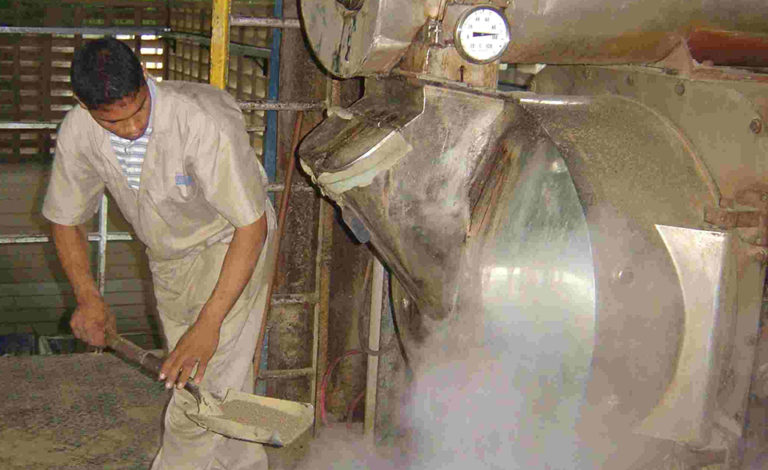
Aquafeeds
Inline quality assurance, part 3
In the pelleting cost center, the ingredient mixture is placed in a holding bin above the pellet mill until it is pelleted.
Aquafeeds
Depending on the extrusion processing conditions and ingredients used, different products such as floating or sinking feed can be produced.

Aquafeeds
In the pelleting cost center, the ingredient mixture is placed in a holding bin above the pellet mill until it is pelleted.
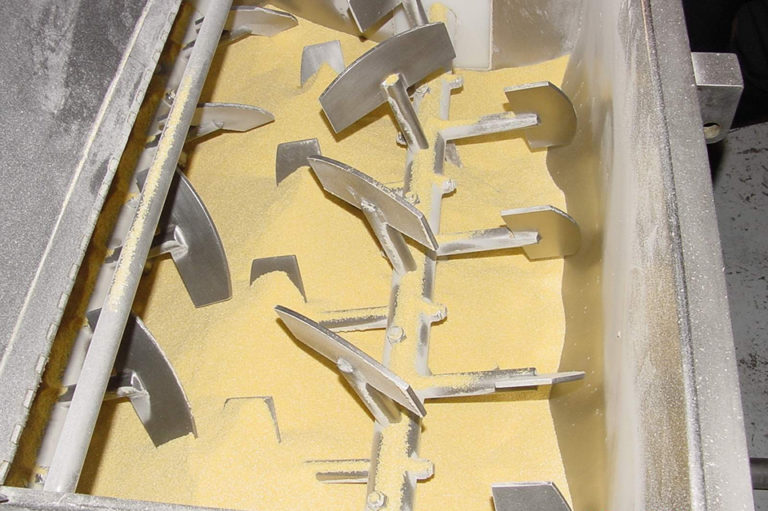
Aquafeeds
The mixing cost center is the heart of the feed-manufacturing process. It is critical that it is under strict quality assurance guidelines.
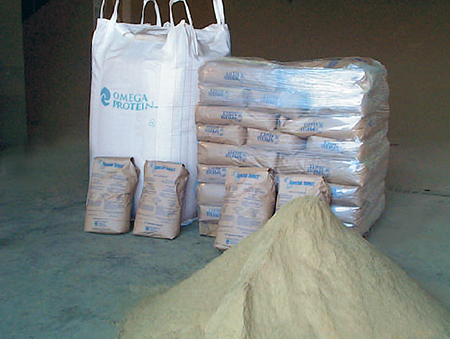
Aquafeeds
Fishmeal quality is dependent on the freshness of the fish, oxidation of the fats and digestibility. Protein digestibility depends on processing conditions.
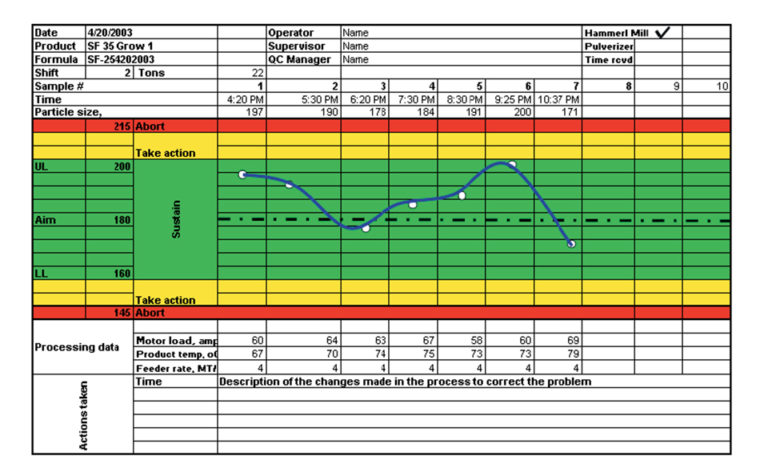
Aquafeeds
However, starting with high-quality ingredients does not ensure high-quality feed unless strict guidelines are implemented in all processing cost centers.
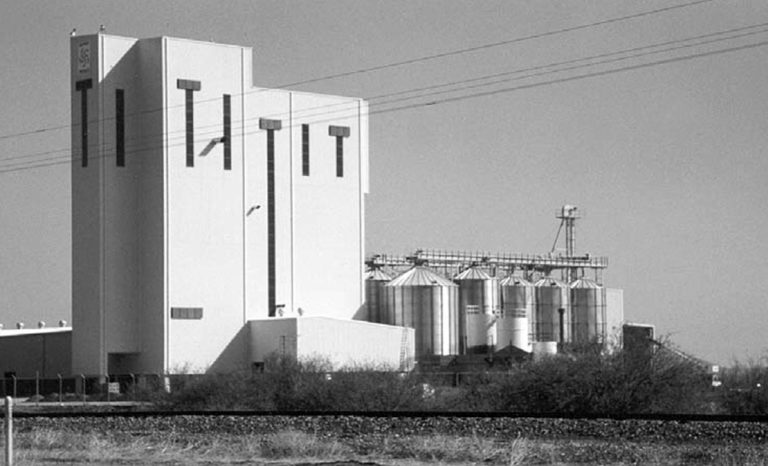
Aquafeeds
Ingredients are the major cost in the operation of a feed mill, so feasibility analyses should include real ingredient costs as well as manufacturing costs.
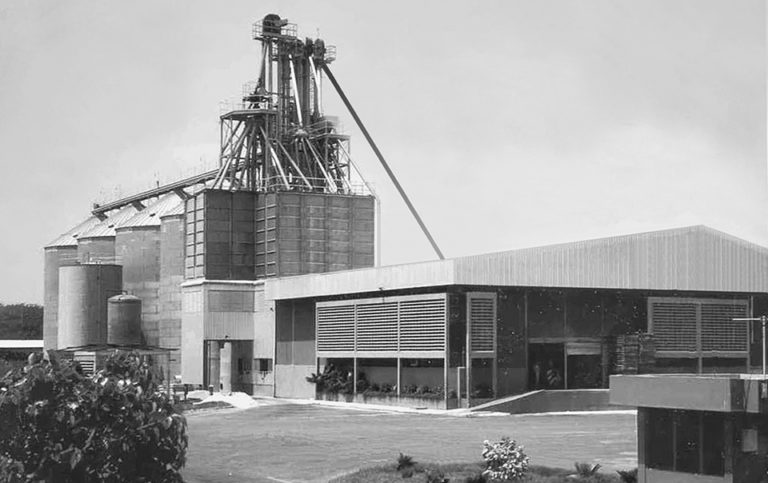
Aquafeeds
Before shrimp farmers consider an on-site feed mill for aquafeed production, they should ask themselves tough questions and ponder all the risks.
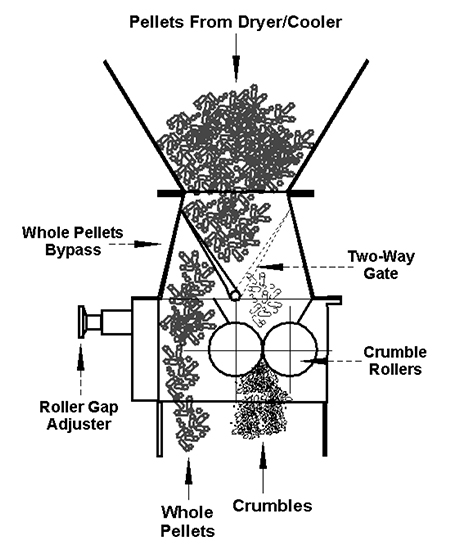
Aquafeeds
In the crumbling process of pelleting, whole pellets are crushed to produce starter diets used to feed different stages of shrimp in their early development.
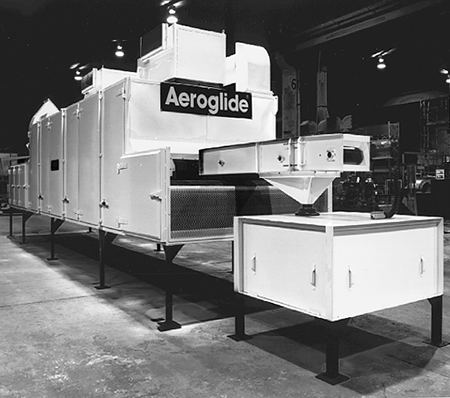
Aquafeeds
Select pelleting equipment that best fits plant layout from vendors that specialize in drying and cooling, rather than buying complete “packages” from one supplier.
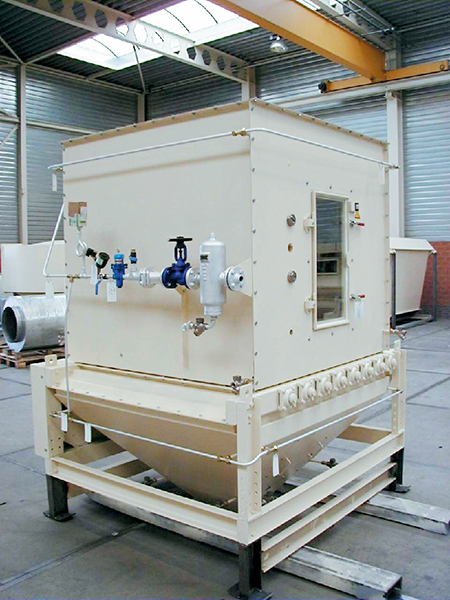
Aquafeeds
When feed pellets exit the die of a pelleting mill, they are moved to a post-pellet cooker or post-conditioner, where they are allowed to set prior to cooling or drying.
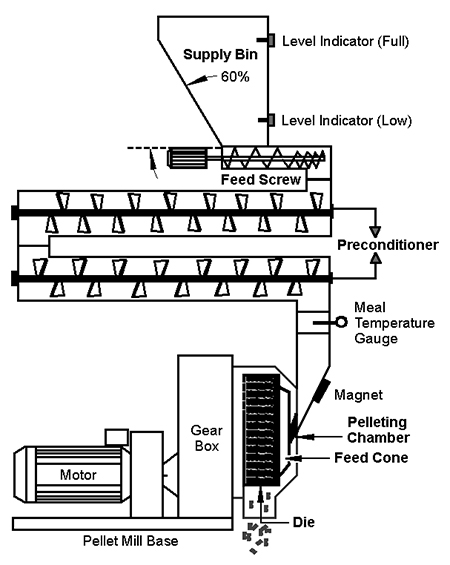
Aquafeeds
Pelleting mills, where finely ground and conditioned meal are mechanically pressed through a die, produce cost-effective, high-density, water-stable shrimp feeds.

Aquafeeds
Pressurized conditioners offer an alternative preconditioning technology to improve pellet quality, increase capacity and feed conversion and pasteurize feed.

Aquafeeds
Aquaculture feed manufacturers in the Americas – with the exception of a few countries like Ecuador – have relied on short-term, single-pass conditioners.
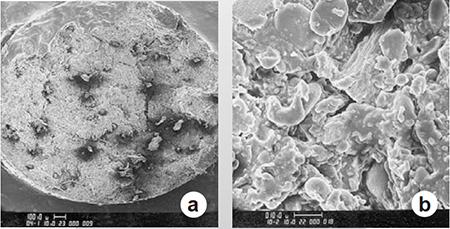
Aquafeeds
The effects of long steam preconditioning times of up to 30 minutes on the water stability of shrimp feeds were evaluated in early research studies.
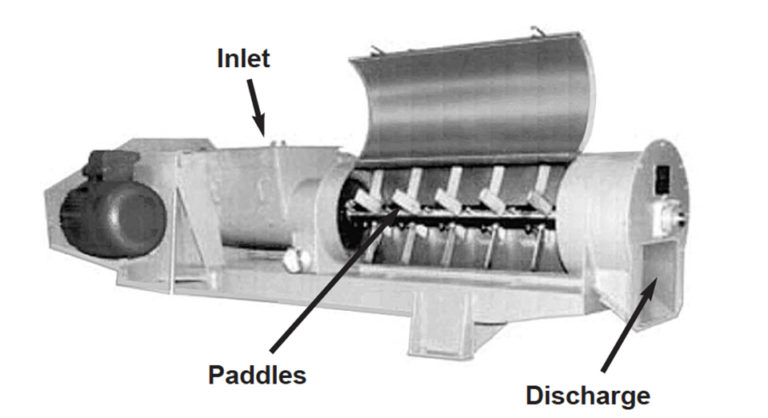
Aquafeeds
To obtain highly water stable pelleted feeds, the mash should be preconditioned for more than 90 seconds at temperatures higher than 90 degrees-C.